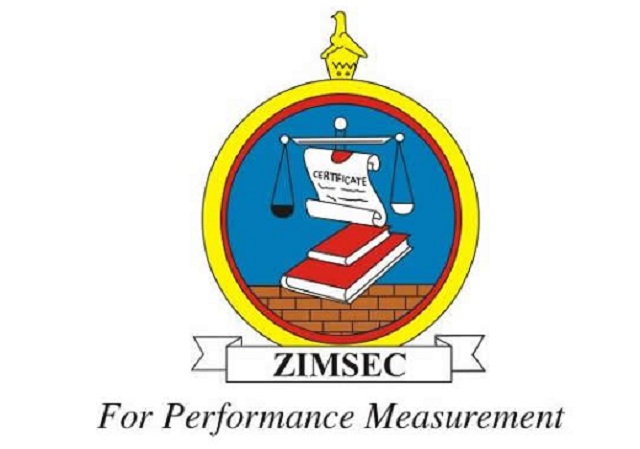
The Sunday News

Robin Muchetu and Munyaradzi Musiiwa, Sunday News Reporters
FIVE primary schools topped last year’s Zimsec Grade Seven results in Bulawayo province recording a 100 pass rate while an equal number of schools also recorded the maximum pass rate in the Midlands Province.
In Bulawayo Province, Seventh Day Adventist-run, Fairview Primary School recorded the 100 percent pass rate together with four others, King George VI a special needs school, Maranatha, Amazon and Centenary. The other schools which made up the top 10 in Bulawayo are ZRP Ross Camp, Induna, Fusi, Lozikeyi, Masiyephambili Junior and Umguza SDA.
In Midlands Province, the schools that recorded a 100 pass rate are Broomsgroove in Kwekwe, Selukwe in Shurugwi, Pamavambo and Shabani in Zvishavane and Wadzanai in Chirumanzu. Airforce Thornhill and Bata Committee in Gweru, Kwekwe Primary in Kwekwe, Charles Wraith in Shurugwi and Mvuma Primary in Chirumanzu completed the top 10 with pass rates of above 98 percent.
Data sourced by Sunday News showed that in Bulawayo, of the five subjects that were examined, Shona recorded the highest number of passes with 98,2 percent pass rate. A total of 171 candidates sat for the paper. Candidates who sat for the SiNdebele paper came second with 93,4 percent of the pupils passing the subject out of 13 671 candidates. A total of 13 843 pupils sat for the English paper and 91,1 percent passed while 86,8 percent passed Mathematics. General Paper recorded an 82,8 percent pass rate with 13 843 candidates writing the examination. The overall pass rate for Bulawayo Province was 88,8 percent up from 87,67 in 2015. Girls outperformed boys with 238 scoring four units compared to 128 males.
In 2015, 317 candidates obtained four units but 2016 saw 366 pupils getting the same results, a positive increase.
At least 542 candidates obtained a zero pass in the examinations, with a majority being males who stood at 379 while 170 females scored zero.
Contacted for comment, Bulawayo provincial education director (PED) Mr Dan Moyo said he was impressed with the results.
“This is a sterling performance by our pupils and as a province we are happy as we have had an increase in the pass rate. We always want upward improvements and we got it this time,” said Mr Moyo.
Mr Moyo said it was pleasing because all the five subjects recorded pass rates of above 80 percent. He said he was hopeful the pupils will perform better in their secondary education.
Midlands recorded a slight increase in the overall pass rate for the examinations with data showing that girls also outperformed boys in the province. The province recorded a 63,85 percentage pass rate based on units, that is those that attained a total of four to 24 units from all subjects, and 43,47 percentage pass rate based on subjects, that is candidates who had between one to six units per subject.
A total of 41 229 pupils sat for the Grade Seven examinations of whom 20 763 were girls while 20 466 were boys.
Popular Gweru private school, Anderson Primary, which is run by Seventh Day Adventist Church and has for the past decade dominated, failed to make it into the top 10 while top school Cecil John Rhodes Primary School failed to make into the top 30.
An “A” school, Midlands Christian School was number 47. Worryingly 16 schools in Midlands Province recorded a zero pass rate in the examinations.
Six schools in Gokwe North, four in Chirumanzu, three in Kwekwe, two in Gweru and one in Mberengwa and Zvishavane recorded zero pass rates. When the results were released, Zimsec noted that the 2016 national pass rate stands at 42,90 percent which reflected an increase of 1,29 percent compared to 41,61 percent recorded in 2015.
The examination body said a high pass rate was recorded in indigenous languages compared to Mathematics, General Paper and English Language, with Shona having the highest candidature of 269 339 candidates, and Kalanga having the least, 602 candidates.
For the first time, the council recorded statistics for pupils with various disabilities. Three categories were analysed: Braille candidates, Enlarged Print candidates and candidates with Hearing Impairment. The performance of Braille candidates was better than that of candidates with hearing impairment and those needing enlarged print.



